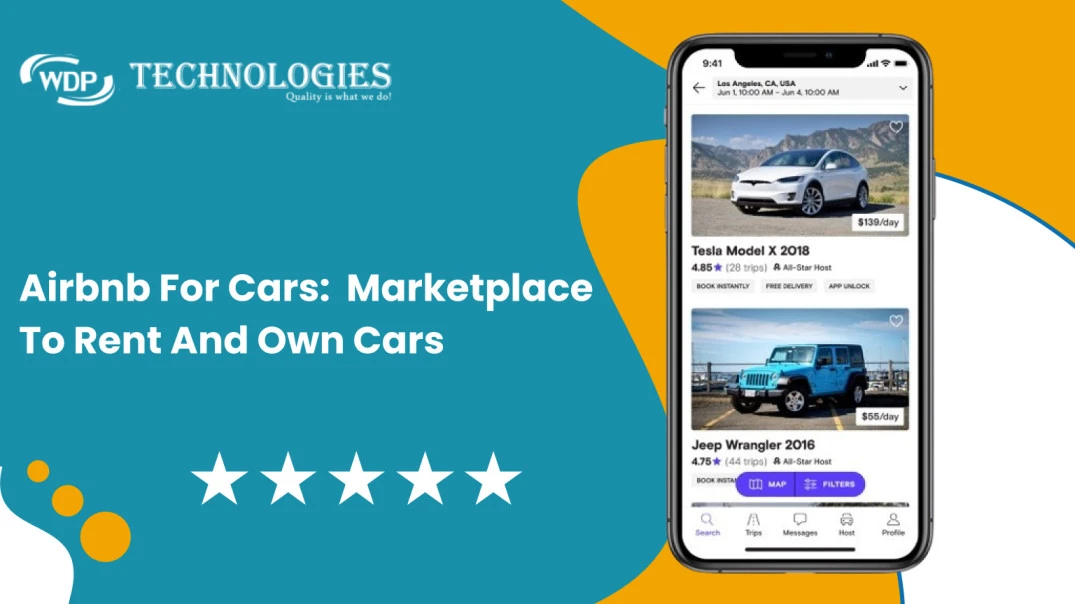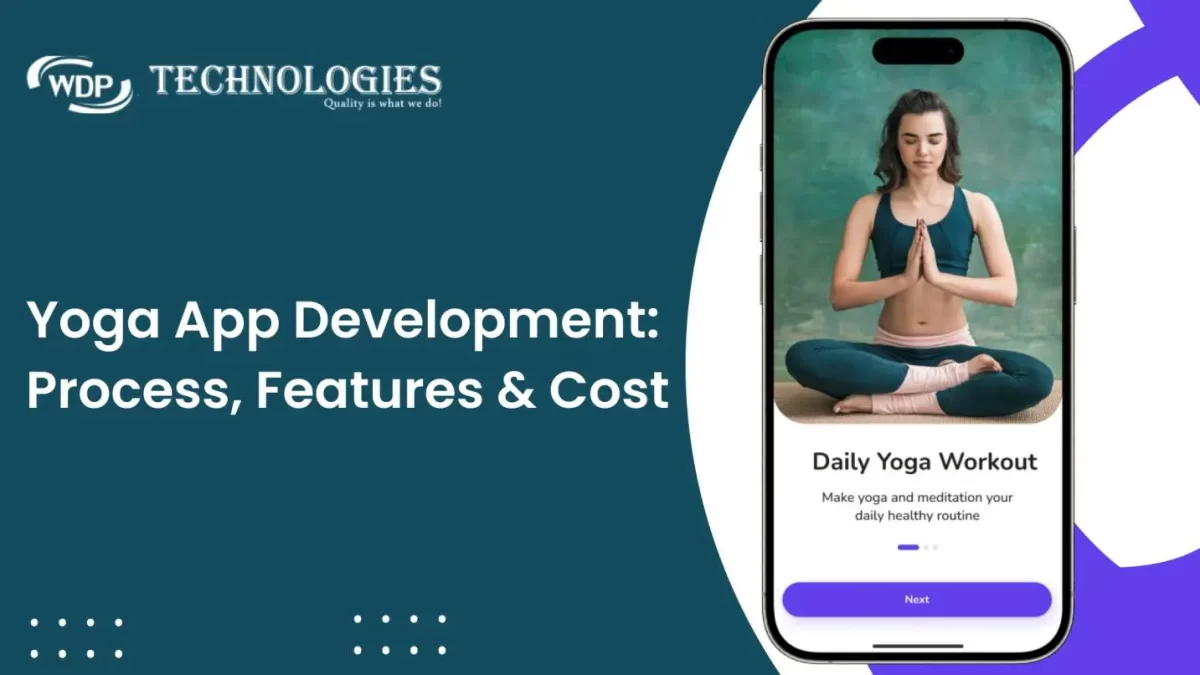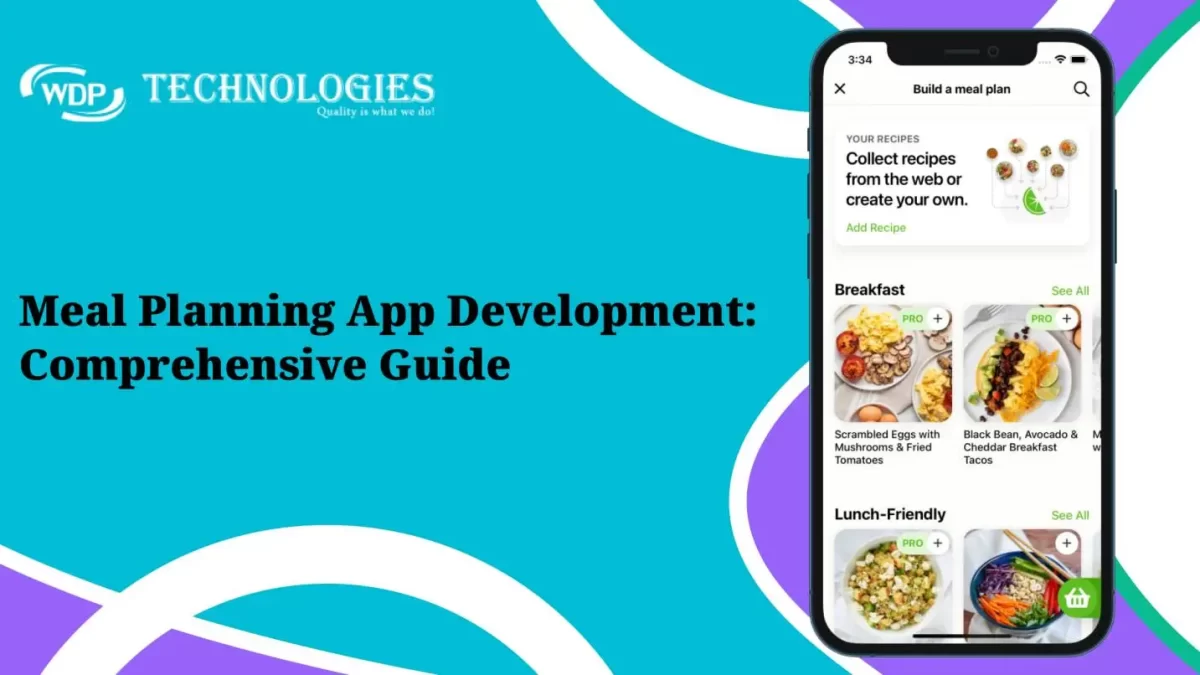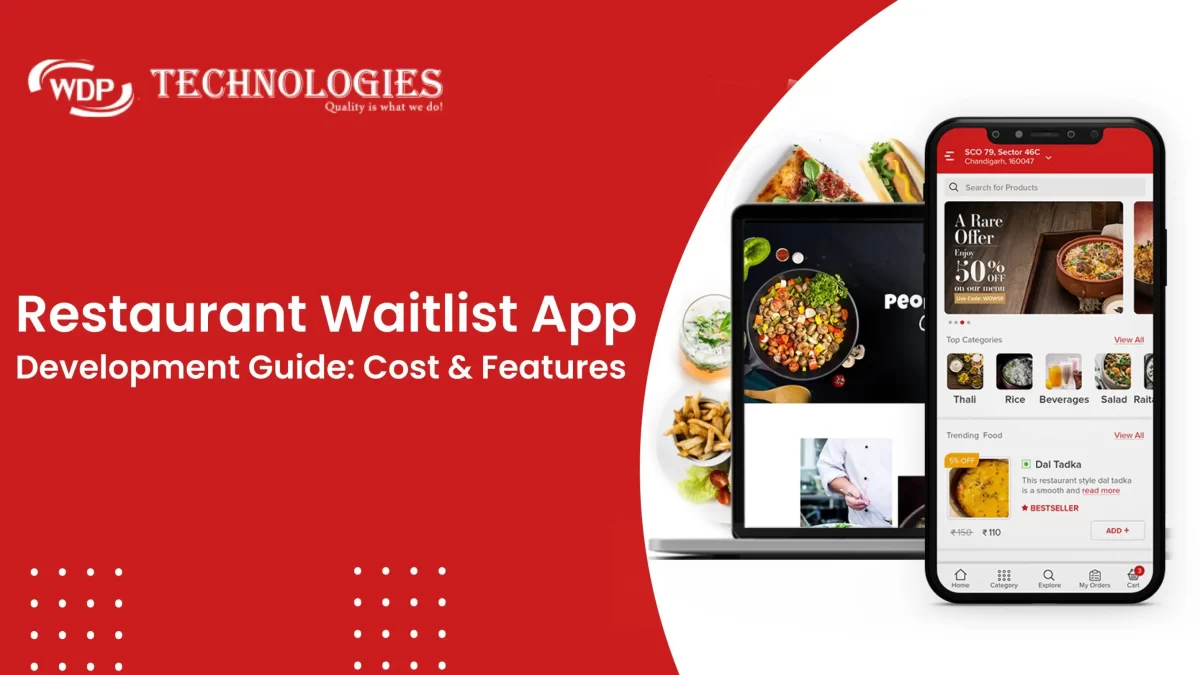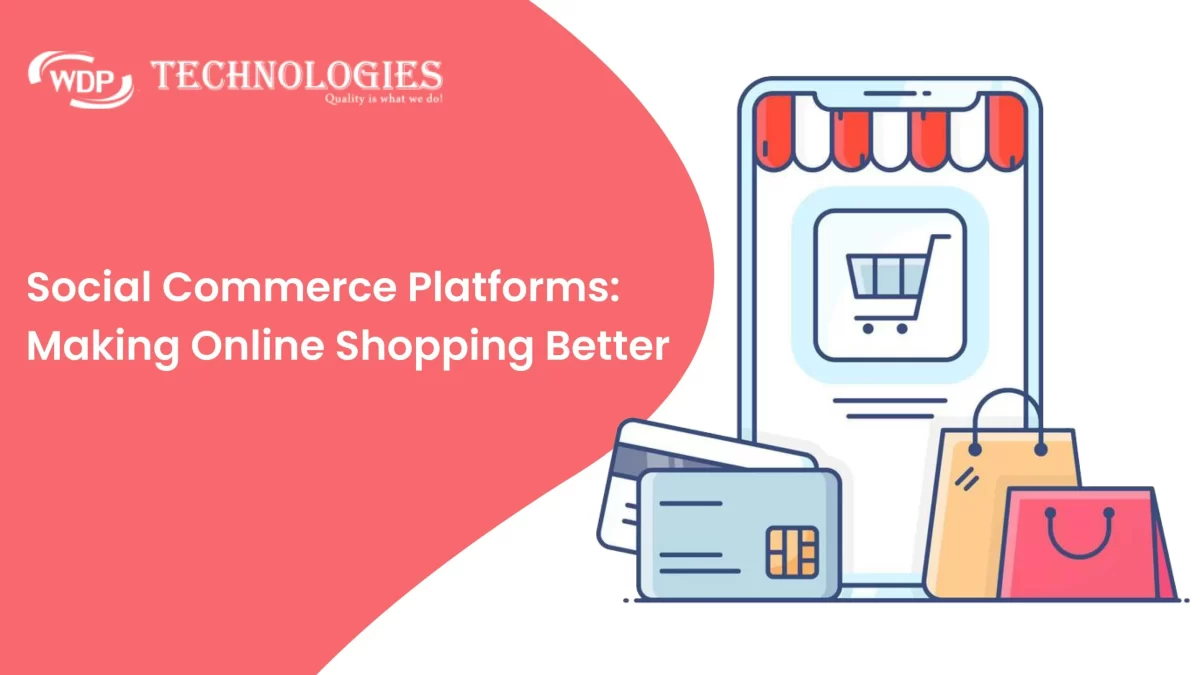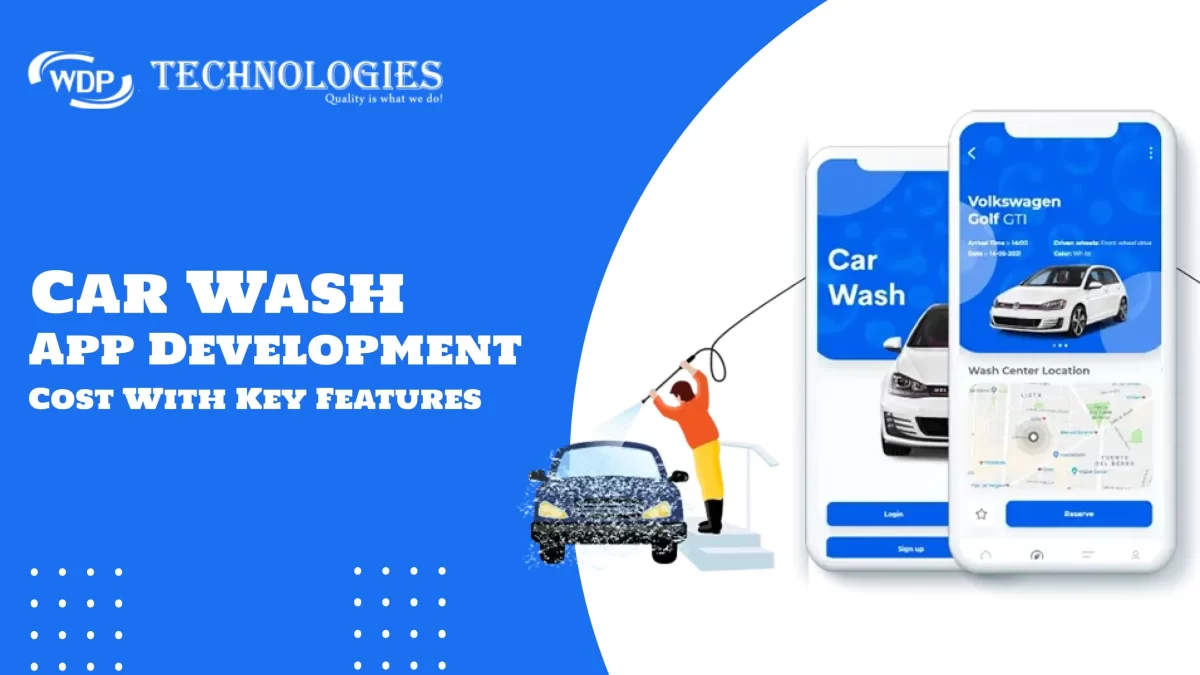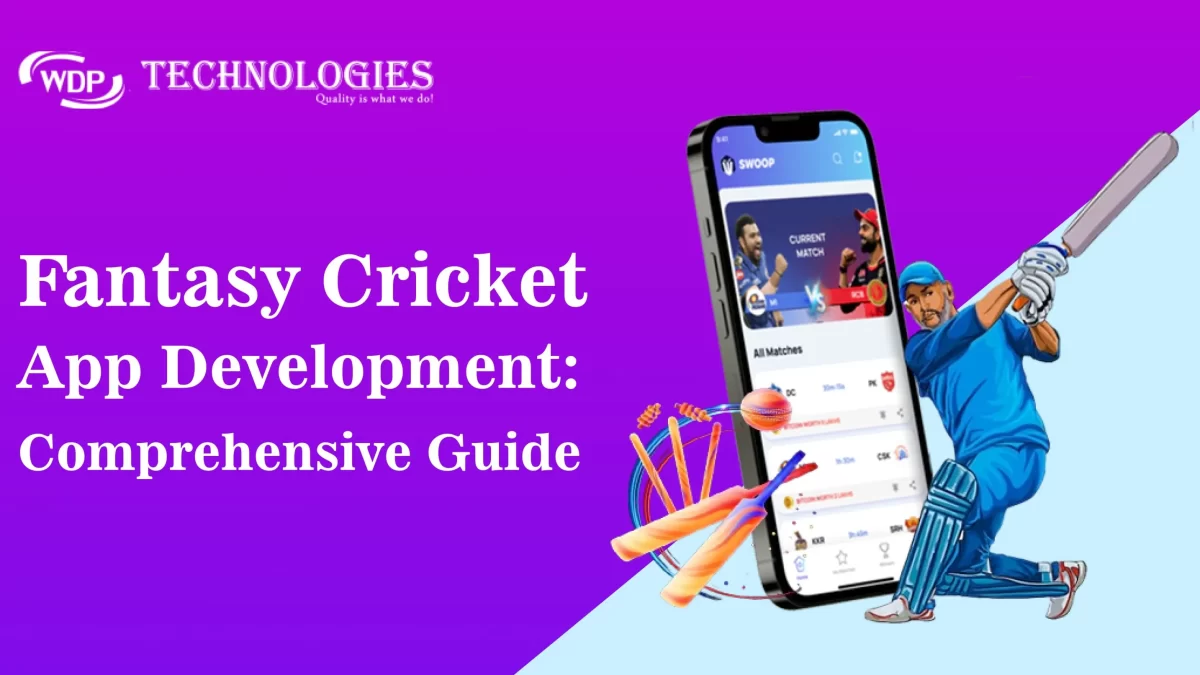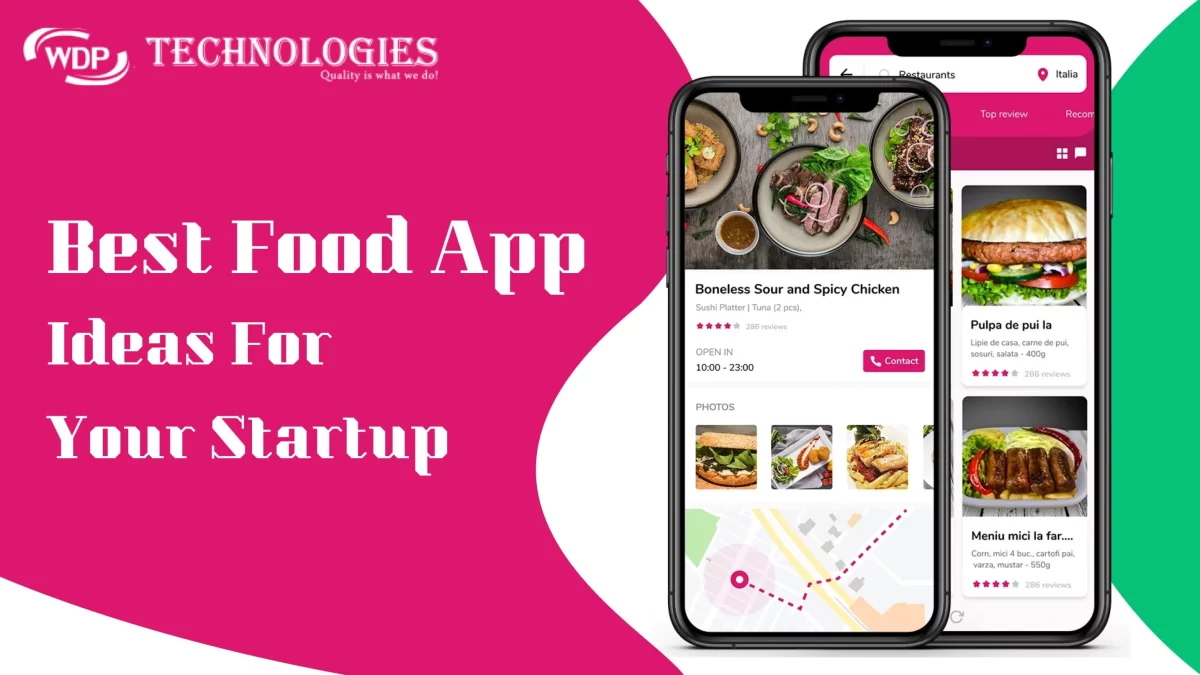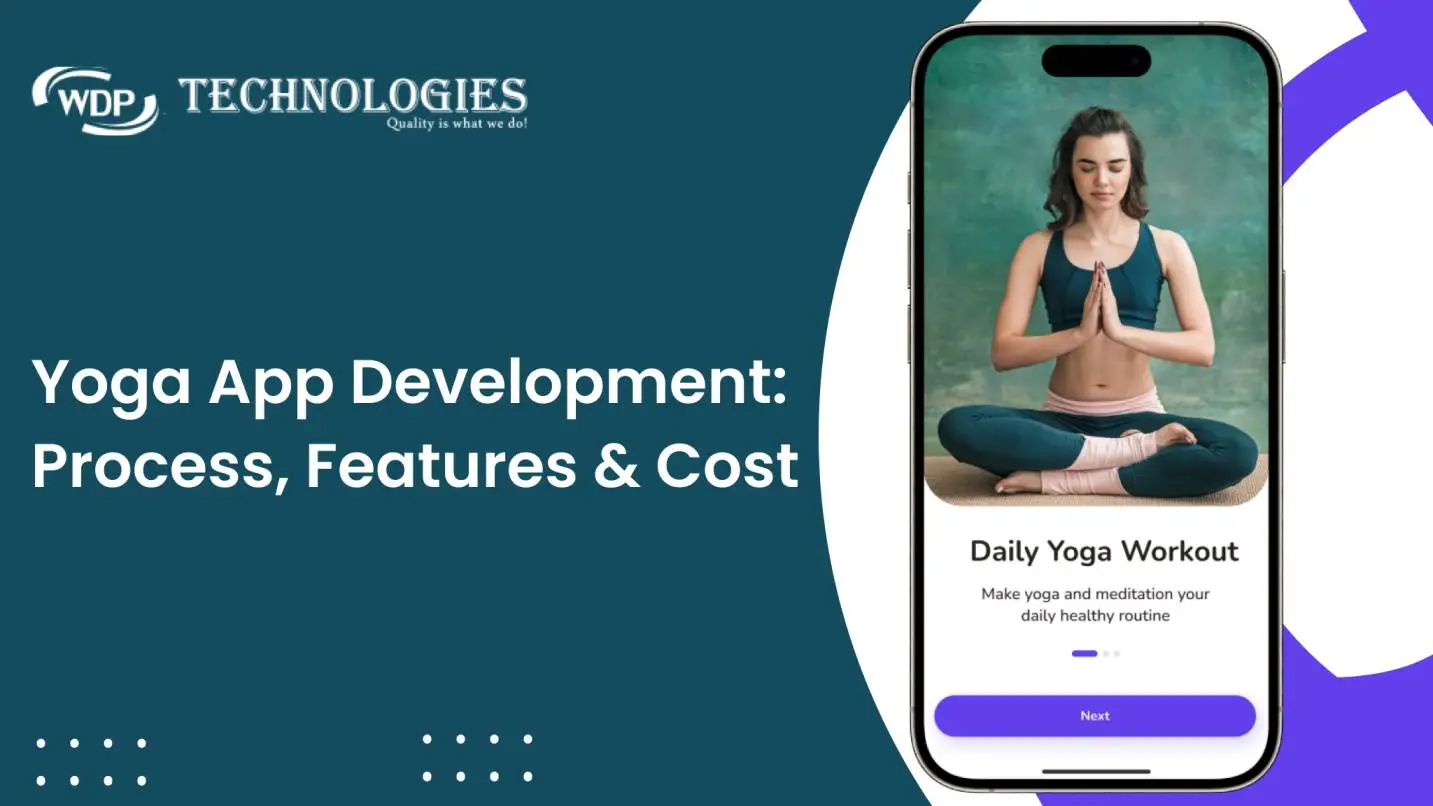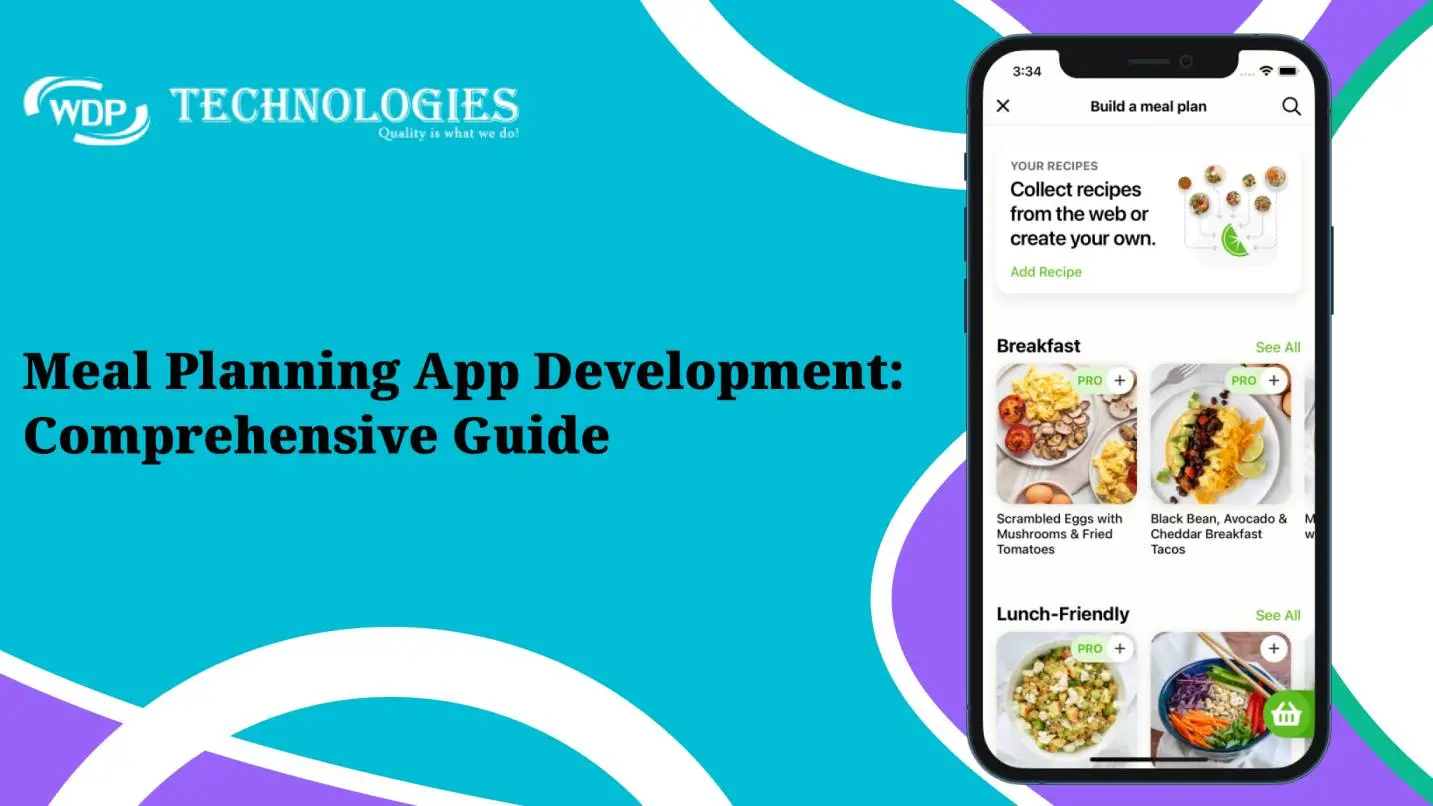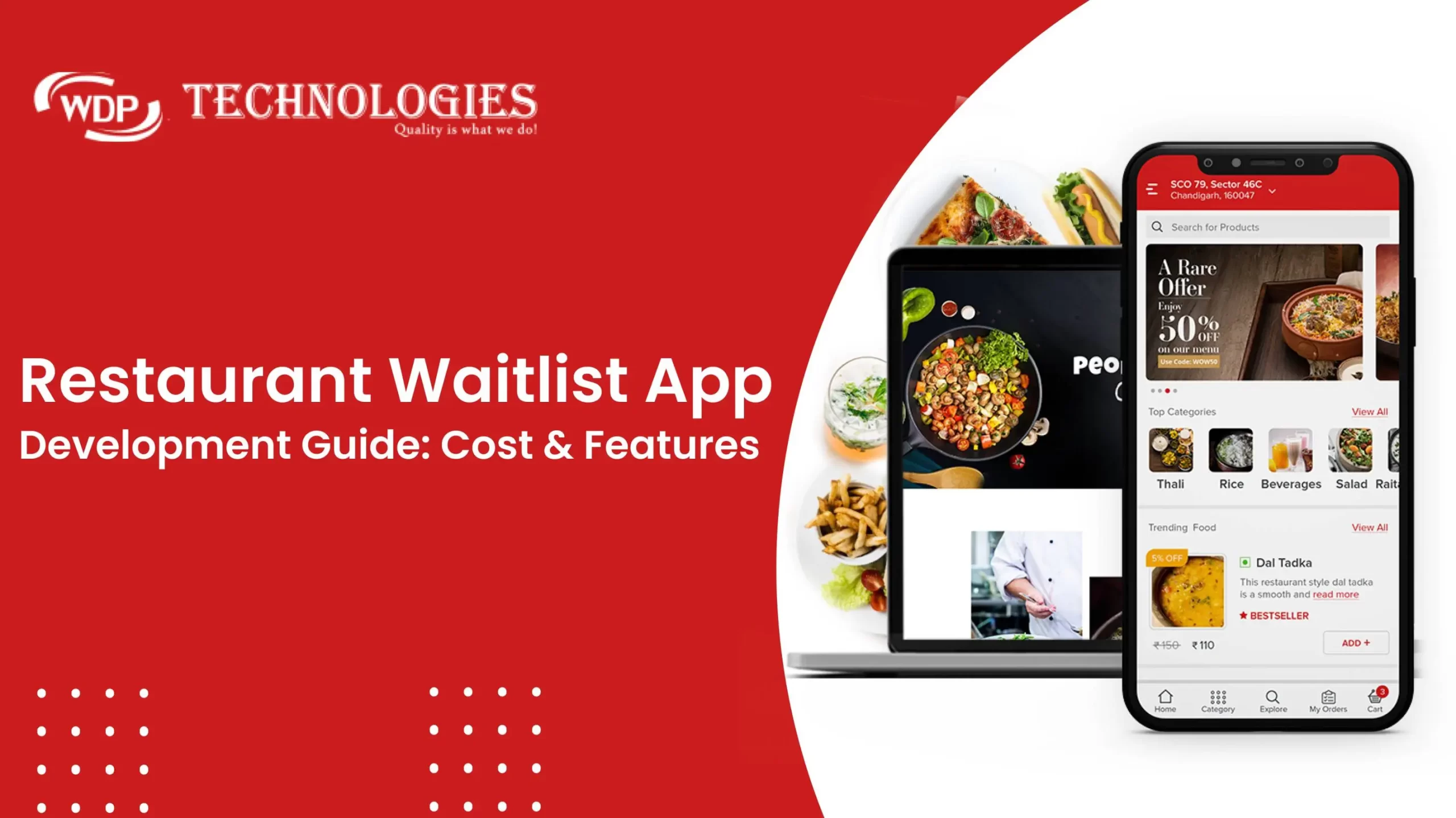Traditional car rental companies have served us well for decades. But, just like Airbnb revolutionized vacation rentals, there’s a new wave of peer-to-peer car sharing platforms that are shaking things up. One such innovation making waves in the transportation sector is the concept of “Airbnb for cars.” Just as Airbnb revolutionized the hospitality industry by allowing individuals to rent out their homes to travelers, platforms like Turo, Getaround, and Zipcar are transforming the way we access and utilize automobiles.
As we look to the future, the Airbnb for cars model has the potential to reshape urban mobility and pave the way for a more sustainable and efficient transportation system. By harnessing the power of sharing, we can unlock new opportunities for economic growth, environmental conservation, and community empowerment. So, whether you’re a car owner looking to earn extra income or a traveler in need of wheels, the Airbnb for cars revolution offers a road worth exploring.
What is Airbnb For Cars
Imagine a marketplace where you can rent a car directly from its owner, just like booking a unique apartment on Airbnb. This is the core concept of “Airbnb for cars” services. They connect car owners looking to earn extra cash with renters seeking a more personalized and potentially cheaper alternative to rental agencies.
Platforms like Turo, Getaround, and Zipcar are examples of companies that facilitate this type of car-sharing service. They provide online marketplaces or mobile apps where car owners can list their vehicles for rent, set rental prices, and manage bookings. Renters can then browse available vehicles, select the ones that meet their needs, and complete the rental process online.
Why Consider an Airbnb for Cars?
The way we think about transportation is evolving, and Airbnb for cars is at the forefront of this revolution. Offering a unique blend of convenience, flexibility, and sustainability, it’s no wonder why more and more people are turning to car-sharing platforms. Let’s explore seven compelling reasons why embracing Airbnb for cars could transform your mobility experience for the better.
1. Cost-Effective Mobility:
Opting for an Airbnb for cars service can save you money compared to traditional car rental agencies or ownership. With a wide range of vehicles available at competitive prices, you can choose the option that best fits your budget and needs.
2. Flexible Options:
Whether you need a compact car for a quick errand or a spacious SUV for a weekend getaway, Airbnb for cars platforms offer a diverse selection of vehicles to suit every occasion. You can easily find the right car for your specific requirements without being tied down to a long-term commitment.
3. Convenience:
Booking a car through an Airbnb-like platform is simple and convenient. With user-friendly websites or mobile apps, you can browse available vehicles, compare prices and features, and make reservations with just a few clicks. No more waiting in line at rental counters or dealing with paperwork.
4. Local Experience:
Renting a car from a local owner can provide you with insider tips and recommendations for exploring the area. From hidden gems to off-the-beaten-path attractions, you can gain insights that you might not find in travel guides, enhancing your overall experience.
5. Environmental Benefits:
By utilizing existing vehicles more efficiently, Airbnb for cars services contribute to environmental sustainability. Rather than purchasing a new car or renting from a large fleet, you’re making use of resources that are already in circulation, reducing the carbon footprint associated with transportation.
6. Community Engagement:
Participating in a car-sharing community fosters connections between individuals and promotes a sense of trust and collaboration. Whether you’re renting out your car or borrowing someone else’s, you’re part of a network of like-minded people who value sharing resources and reducing waste.
7. Monetize Your Vehicle:
If you own a car that sits idle for significant periods, renting it out through an Airbnb for cars platform can help you generate extra income. By putting your vehicle to use when you’re not using it yourself, you can offset ownership costs such as insurance, maintenance, and depreciation, turning a depreciating asset into a revenue stream.
5 Essential Considerations Before Choosing Airbnb for Cars
Before hitting the accelerator, take a moment to navigate through these essential considerations. From insurance intricacies to vehicle conditions, we’ll guide you through the key factors to ensure a smooth and satisfying ride.
1. Insurance Coverage:
Understand the insurance coverage provided by the Airbnb for cars platform. While most platforms offer some level of insurance for both owners and renters, it’s essential to clarify the details, including liability coverage, deductibles, and any additional options available.
2. Vehicle Condition & Maintenance:
Assess the condition of the vehicle you plan to rent. Look for detailed descriptions and photos provided by the owner, and ask about maintenance records to ensure the car is well-maintained and safe to drive.
3. Rental Policies and Fees:
Familiarize yourself with the rental policies and fees of the Airbnb for cars platform. Pay attention to factors such as mileage limits, late return penalties, and cleaning fees to avoid surprises and budget accordingly.
4. Owner Ratings and Reviews:
Check the ratings and reviews of the vehicle owners on the platform. Feedback from previous renters can provide valuable insights into the reliability and professionalism of the owner, helping you make an informed decision.
5. Communication and Support:
Evaluate the communication channels and support offered by the Airbnb for cars platform. Ensure there are clear channels for contacting customer support in case of any issues or emergencies during your rental period.
How Airbnb for Cars Works?
Airbnb for cars” operates on a simple and user-friendly model, similar to its counterpart in the hospitality industry. Here’s how it typically works:
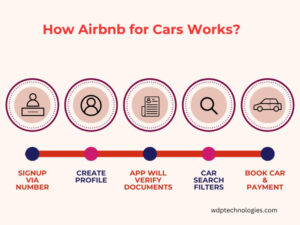
1. Registration:
Both car owners and renters need to register on the platform. Owners list their vehicles, providing details such as make, model, year, location, and availability. Renters create profiles, including necessary information such as driver’s license, payment details, and personal preferences.
2. Search and Booking:
Renters browse available vehicles using filters such as location, dates, vehicle type, and price. They can view detailed listings, including photos, descriptions, and reviews from previous renters. Once they find a suitable vehicle, they can submit a booking request, which the owner can either accept or decline.
3. Confirmation and Payment:
Upon acceptance of the booking request, the renter receives confirmation along with details such as pick-up instructions and contact information. Payment is typically processed through the platform, which securely handles transactions between the parties.
4. Pick-up and Inspection:
On the day of the rental, the renter meets the owner to pick up the vehicle. Before handing over the keys, both parties may conduct a brief inspection to document the vehicle’s condition and mileage. Any pre-existing damages should be noted to avoid disputes later.
5. Rental Period:
The renter enjoys the vehicle for the agreed-upon rental period, using it for their desired purposes such as commuting, road trips, or errands. They are responsible for adhering to any rental policies, including mileage limits, fuel requirements, and return deadlines.
6. Return and Inspection:
At the end of the rental period, the renter returns the vehicle to the designated location. Both parties may conduct another inspection to ensure the vehicle is in the same condition as when it was rented. Any additional charges for damages, late returns, or other violations may be assessed at this time.
7. Reviews and Feedback:
After the rental, both the owner and the renter have the opportunity to leave reviews and feedback on each other’s profiles. This helps build trust and transparency within the community and provides valuable insights for future transactions.
Popular Airbnb for Car Platforms:
These platforms offer a range of vehicles to suit different needs and preferences, providing users with convenient and cost-effective alternatives to traditional car rental services.
1. Turo:
Turo is one of the largest and most well-known car-sharing platforms, offering a wide range of vehicles from individual owners. With a user-friendly interface and extensive coverage in many locations, Turo makes it easy for both owners to list their cars and renters to find the perfect vehicle for their needs.
2. Getaround:
Getaround operates similarly to Turo, connecting car owners with renters in various cities across the United States. Their platform emphasizes convenience and flexibility, allowing users to book cars by the hour or day, with insurance and roadside assistance included.
3. Zipcar:
Zipcar offers a slightly different model than Turo and Getaround, providing access to a fleet of company-owned vehicles stationed in cities and on college campuses. Users can reserve cars by the hour or day, and membership includes gas, insurance, and maintenance.
4. HyreCar:
HyreCar specializes in peer-to-peer car rentals for rideshare drivers. It allows individuals to rent vehicles specifically for ridesharing services like Uber and Lyft, providing an alternative to traditional rental companies.
5. Car Next Door:
Car Next Door is an Australian-based car-sharing platform that connects car owners with renters in their local community. Their focus is on promoting sustainability and reducing car ownership by facilitating peer-to-peer car sharing.
Is Airbnb for Cars Right for You?
If you’re looking for a unique car, potentially greater affordability, and a more personalized experience, then a peer-to-peer cars sharing platform might be a great fit. However, if you prioritize the familiarity and structure of a traditional rental agency, then sticking with that route might be the better choice.
Ultimately, the decision depends on your needs and preferences. So next time you need a car, consider exploring the “Airbnb for cars” option and see if it unlocks a new way to hit the road.
Why Choose WDP Technologies To create Airbnb For Cars
Choose WDP Technologies for your Airbnb for Cars project to benefit from our expertise in developing robust, user-friendly platforms. With our innovative solutions, you can launch a secure and efficient peer-to-peer car rental platform tailored to your needs. Trust WDP for a seamless and successful launch!
Conclusion
By embracing this innovative model, we’re not only unlocking new economic opportunities for car owners and renters but also contributing to a more sustainable and community-centric way of getting around. Whether you’re seeking additional income as a car owner or searching for convenient cars as a traveler, embracing the Airbnb for cars revolution presents an enticing journey well worth embarking upon.

